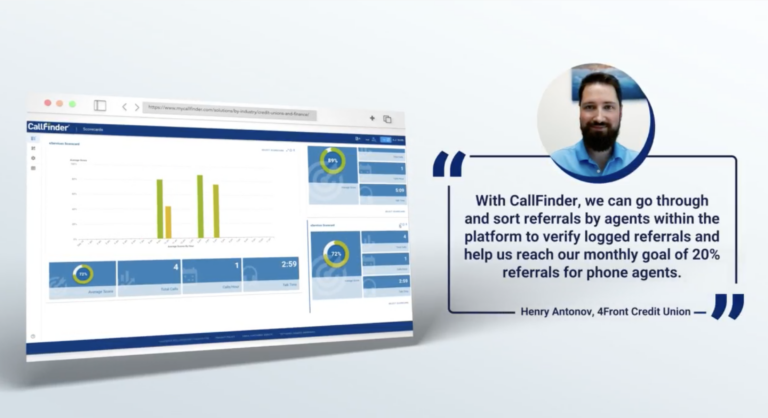Call Center Monitoring Strategies
One of the many ways the COVID pandemic affected the workforce is that more call center agents are now working remotely. In fact, 64% of agents reported working mainly remotely in 2021. And that trend isn’t going away anytime soon. With many call centers predicting a hybrid call center work environment, it’s estimated that 53% will remain in the office, and 47% will work remotely in the future.
But one demand that comes with this new model is implementing an effective call center monitoring strategy. Call center managers need a way to properly assess agent skills and performance. This is challenging enough when agents are all in one place. Add in the time suck of manual call monitoring, and the challenge becomes even greater.
Fortunately, there are tricks and tools available to make this feat a little more manageable. Here are some tips to successfully navigate a remote call center monitoring plan.
Assess All Agent Calls
Listening to agent calls in order to evaluate performance is a key component of call center monitoring. However, manual monitoring often means only listening to a random sampling of calls. This limited information makes it difficult to truly understand which agents need help, and how to coach them. An automated call quality monitoring solution (i.e. speech analytics) with call transcriptions makes this even easier.
Features like sentiment analysis give managers the ability to easily assess every call and identify outliers for more targeted training. This helps improve agent performance and the overall customer experience. And these are just two of the many speech analytics use cases for businesses.
Identify Call Trends and Patterns
Once managers review the calls, the next step is detecting any trends or patterns in the call data. Searchable audio transcriptions help identify common words and phrases, while tools like silence detection pinpoint customer pain points. And agent scorecards evaluate agent performance on every call using pre-determined criteria to find each agent’s specific strengths and weaknesses. This data can then be compared to historical KPIs with automated reports to address common issues, such as low CSAT scores and long wait times. The key here is applying your findings.
Apply Findings and Feedback
Now it’s time to put that data to use. Agent scorecard results help managers provide consistent, unbiased feedback to improve agent performance. This makes it easier for agents to understand how they can improve. In addition, automated scorecards reveal agent knowledge gaps and any soft skills, such as listening skills, that need work. Managers can also use high-scoring call recordings as examples of how to best handle specific situations. Put together, all of this leads to curated training methods designed to bring out the best in every agent.
More About Call Center Monitoring Solutions
Successful call center monitoring improves many KPIs, such as AHT, FCR rates, CSAT scores, and many more. And with a robust call quality solution, managers can ensure that every agent handles every call consistently and exceptionally, no matter where their agents are located. Click the button to learn more about CallFinder’s call center monitoring solutions.











